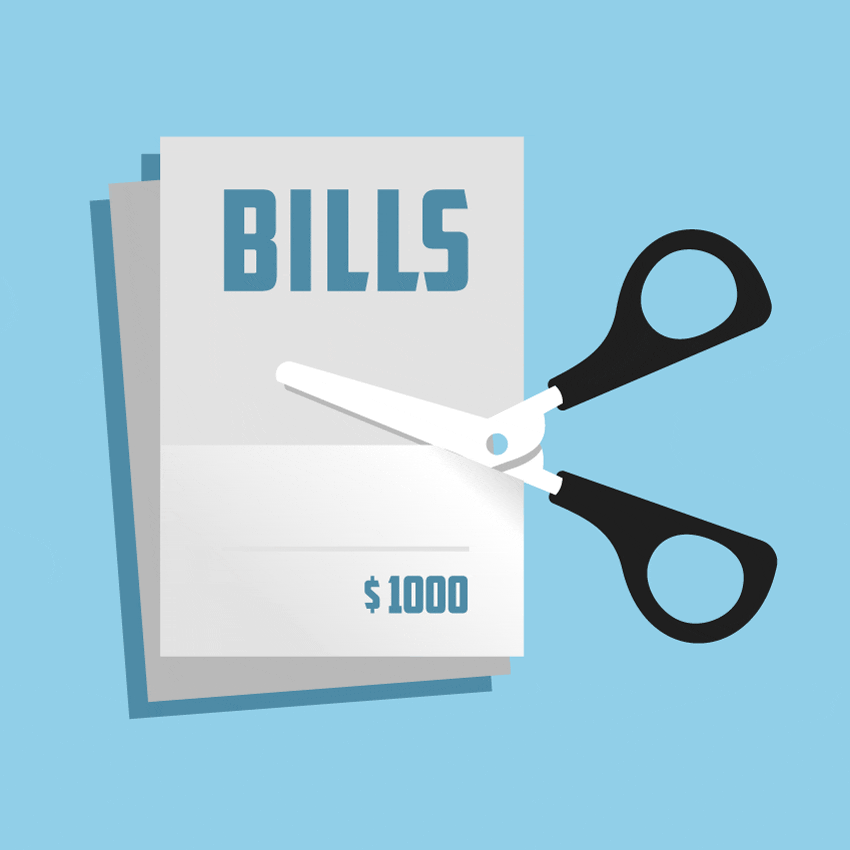Financial Literacy (pt.3)
Welcome back to this series about Financial Literacy. In this second part, I would like to share with you Unit 1: Budgeting and Saving - Part 2: Reducing expenses
Table of contents:
2. Reducing expenses
a. Unit pricing
b. How to lower my expenses?
2. Reducing expenses
a. Unit pricing or ... how to cut your expenses by paying more?
Basically, UNIT PRICING tells how much you pay for one unit of the product (like, per gram, per ounce, per litre, per item, or even per time for service). UNIT PRICING = TOTAL PRICE / TOTAL UNITS. (awww Maths again, I'm not here for Maths... wait be patient, you will see how this magically works)
For example, you are shopping for soaps, you will see a whole aisle for this, you may be panicked what to choose from. But excluding quality and other factors in this context, you see two brands: 1. SoapABC costs $6 for 10 bars; 2. SoapXYZ costs $8 for 16 bars → SoapABC costs $0.6 per bar while SoapXZY costs just $0.5. That's easy Math. But you would say: how can this lower expense, it is just 10 cents different. Wait... you save 10 cents per bar so you are saving $1.6 in total. What a deal!
So that's it. Sometimes you will see that some price tags have done this math work for you. Just shop around a little bit and magic will happen!
b. How to lower my expenses?
Besides careful with you purchase, you can contact the customer service and bargain for a better price. Keep in mind that you should research the rate and prices of other service providers first, you will be in a better bargaining position. And finally, look out for any promotional offers. Be brave to ask!

Comments
Post a Comment